
Kaohsiung Chaishan Mystery Tour|Japanese Military Sites and Historical Exploration
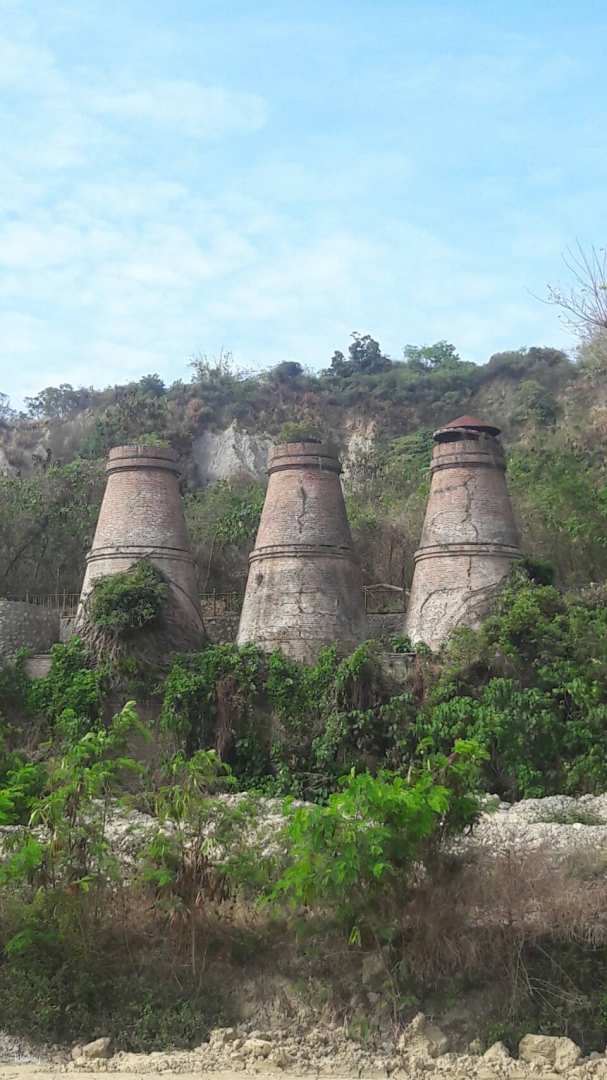

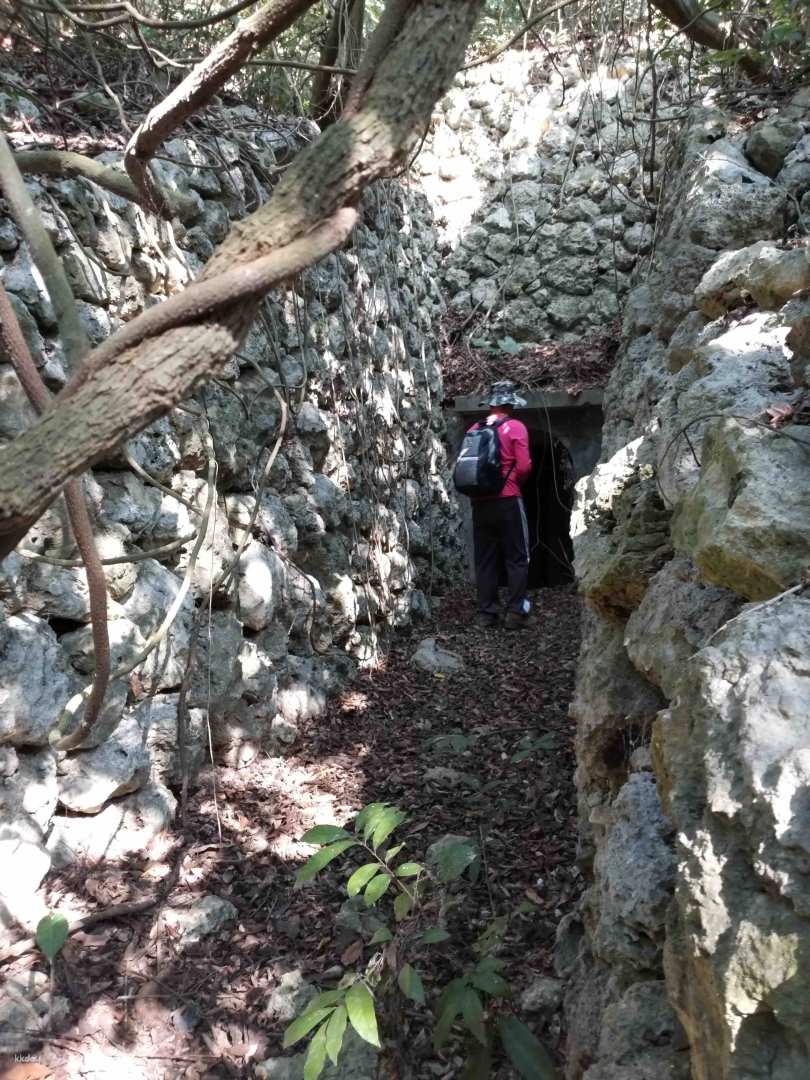

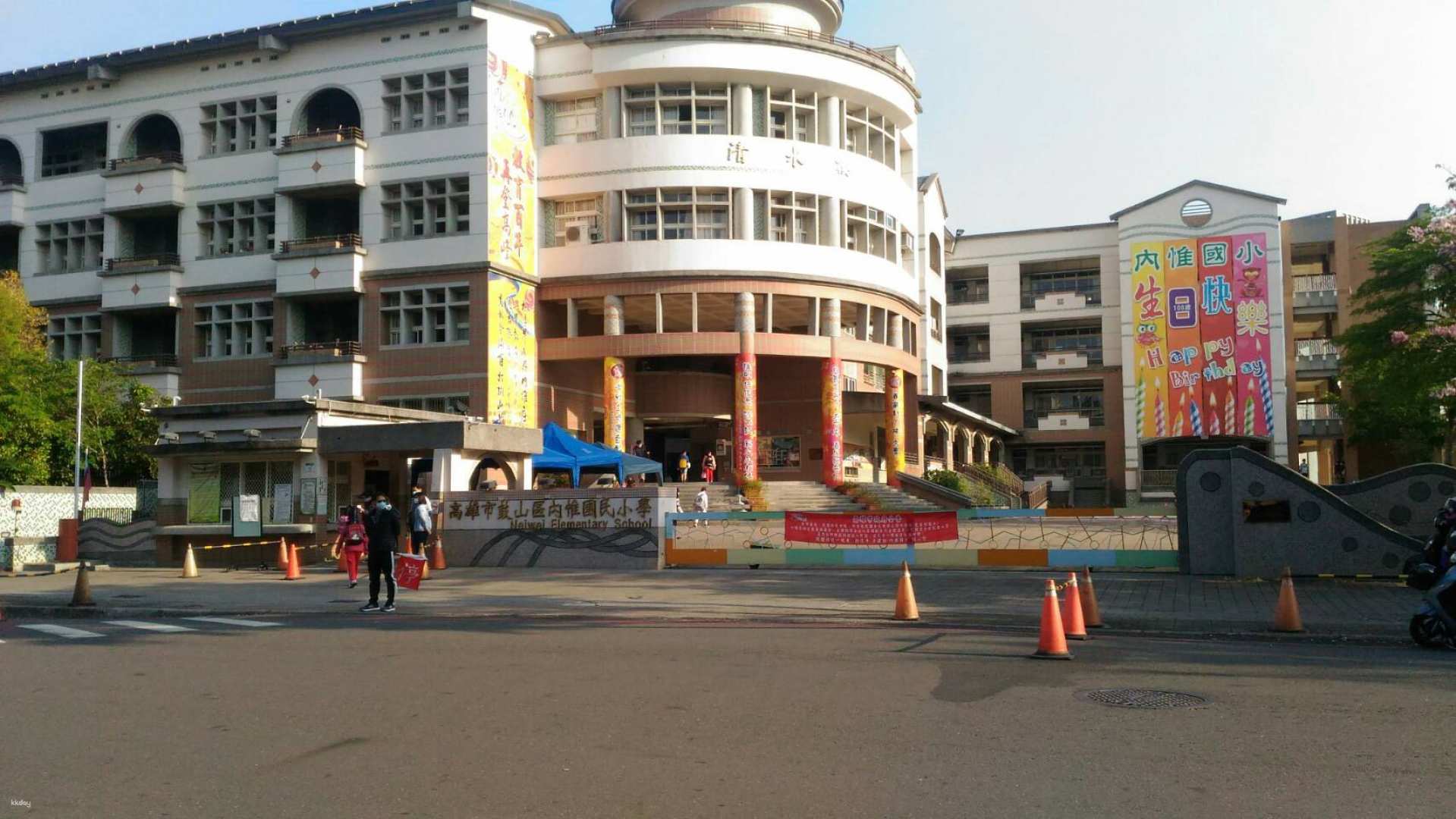

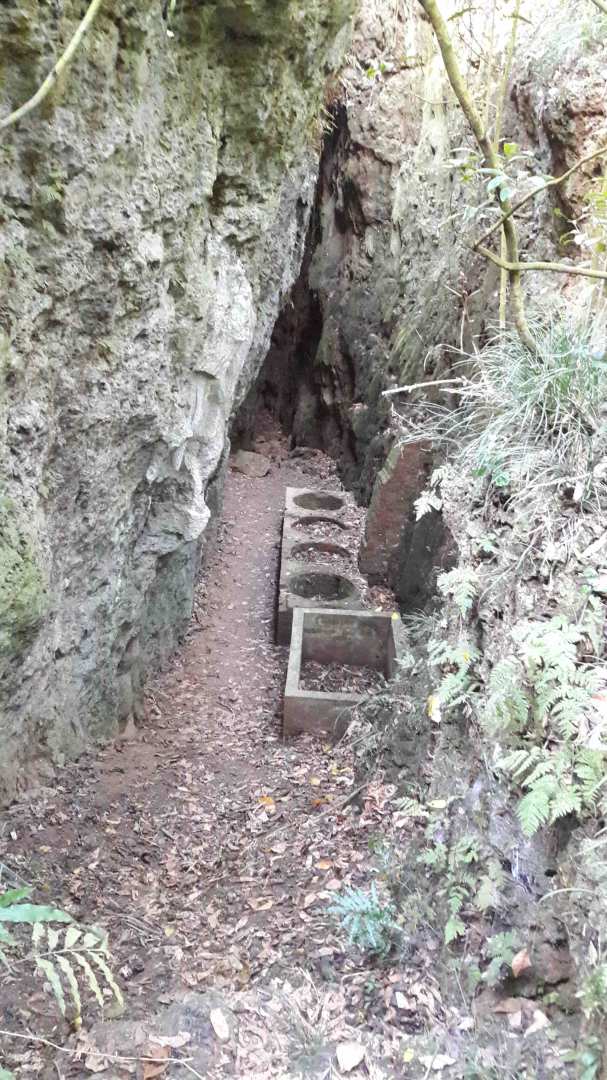

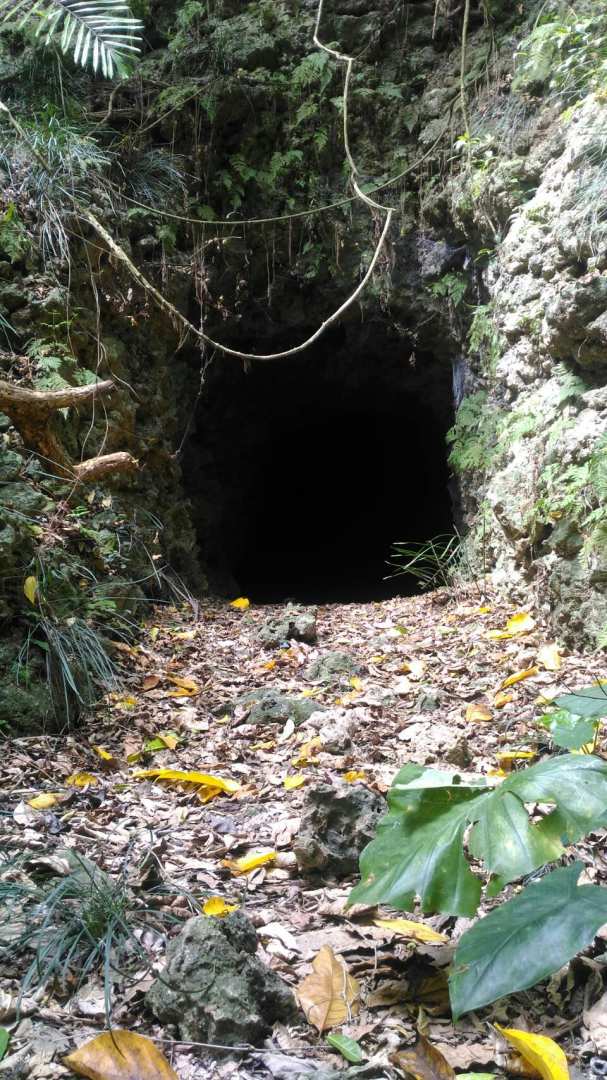

-
Show Map
Sold Out
What You'll Experience
The content of this product is provided by machine translation and may not reflect the actual information, please take this into consideration before booking.
- Itinerary introduction-
09:00 Gather at the main entrance of Neiwei Elementary School - 09:10 Depart from the entrance of Shiba Mountain Mountaineering - 10:10 Visit the retreat cave of the Japanese Navy Zhenyang Special Attack Team and the small reservoir of combat readiness at the retreat point of the Zhenyang Special Attack team - 10:40 Arrive at Sikou Stove, Cannon Position - 12:00 Return to Neiwei Elementary School and disband
09:00 Gather at the main entrance of Neiwei Elementary School - 09:10 Depart from the entrance of Shiba Mountain Mountaineering - 10:10 Visit the Japanese Navy Zhenyang Special Attack Team's retreat cave, the Zhenyang Special Attack team's retreat point combat readiness small reservoir - 10:40 One-stop, one-line sky, Locomotive Cave - 11:50 Qiman Station (own lunch) - 12:30 Arrive at the artillery position, the underground command post, the century-old lime kiln - 15:30 Return to Neiwei Elementary School and disband
- Attractions-
The old name of Kaohsiung is Dagou. From the Qing Dynasty, the Japanese occupation period and the Nationalist government period, there were many military facilities and sites, especially in the Kaohsiung area during the Japanese occupation period, which was a major military center for the Japanese army southward. Military tunnels, air-raid shelters, artillery positions and other facilities sites, Chaishan due to military control, leaving many Japanese military sites.
The role definition of the Japanese Zhenyang team is similar to that of the famous "Kamikaze" mission. At the end of World War II, Japan had almost no aircraft available, and some of the kamikaze team members were transferred from the air force to the navy and became members of the Zhenyang commando team, planning to drive suicide boats to ram American warships. There are three caves excavated here, each of which can accommodate nearly 100 people. It is a shelter for the personnel of the Zhenyang Special Attack Team to avoid the bombing of the US military and the pre-evacuation of the coastline defense.
At the end of World War II, the U.S. military strengthened its bombing of Japanese military strongholds in Taiwan. In order to avoid the U.S. bombing, the Zhenyang team made preparations for a long-term life. Although building a stove can solve the problem of eating, there is no water source on the mountain, so a small reservoir is built to store water in rainy days to solve the problem of water for people's livelihood.
The "Japanese Army Stove", also known as the Sikou Stove, hidden deep on the Chai Mountain, was built by the Japanese Army's "Zhenyang Special Attack Team" at the end of World War II, in order to avoid the bombardment of the U.S. military and the pre-evacuation of the coastline to the top of the mountain. The place where the fire is made, the site is warm in winter and cool in summer, there are many stalactite caves and the environment is quite primitive and secret. The reasons and principles of construction have their own unique military considerations.
It is located on the west side of the central and southern end of Chai Mountain, close to the Big Monkey Cave. Due to the changeable coral reef limestone geology, many amazing natural landscapes such as rock crevices, canyons and deep caves are formed. The trails in the canyon are intricate and twists and turns, often giving the feeling of another village. Standing at the bottom of the canyon and looking up at the top of the cave is like sitting on a landscape sky. Due to the complex terrain, people often get lost here, so it is not recommended to go alone.
The artillery position near the Qiman rest station was judged to be used to operate the 105 howitzer, and it has now been abandoned among the trees and weeds.
This place is an underground fort that extends in all directions. It is impossible to know the entrance if you are not familiar with the terrain. There are three stoves, two stoves and open-air pools at the exit. It is judged that many troops have been stationed there. Is it left over from the Japanese army or trained by the national army? use, yet to be explored.
The geology of Chaishan is coral reef limestone, which is an important raw material for making cement. As early as more than 100 years ago, the Japanese set up "Asano Cement Co., Ltd. Kaohsiung Plant" next to Chaishan. After the National Government took over Taiwan, it was changed to "Taiwani Gushan". The factory continued to mine limestone to make cement, but stopped excavating limestone around the 1980s due to environmental problems. The site was the first cement company in Taiwan, "Asano Cement Co., Ltd.". In 1917 (the sixth year of Taisho), more than 80,000 yen were allocated, and the process was improved. By March 1919, seven new lime kilns were completed (now only surviving). Three), but unfortunately it was not improved successfully. The three lime kilns stand among the smoky vines on the halfway of Chaishan Mountain. It has a history of more than 100 years. The mottled red bricks and green vine branches are crawling and flourishing, making people seem to return to the ancient civilization in the lost jungle.
Contacts, Facilities, Service Languages, and More
Leave a review when you can!
Location Details
Frequently Asked Questions
General Information
Address | Chai Shan. |
|---|---|
Category | Tours;Attractions;Recreational Sports |
More activities or items you might like


 Facebook
Facebook Instagram
Instagram TikTok
TikTok Youtube
Youtube
